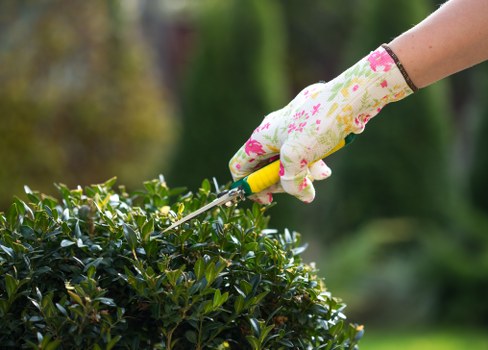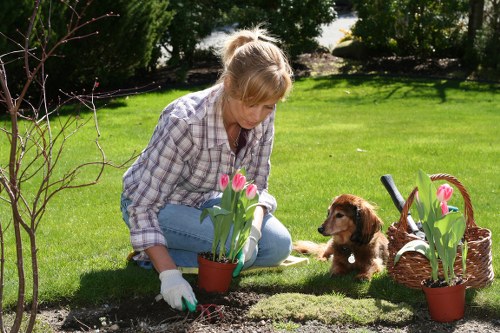Garden Clearance in Lawn Turf Installation
Understanding Garden Clearance

Preparing your garden for lawn turf installation begins with thorough garden clearance. This essential step ensures a smooth and successful turf laying process, setting the foundation for a vibrant and healthy lawn.
Garden clearance involves removing existing vegetation, debris, and any obstacles that may impede the growth of new turf. Proper clearance not only enhances the aesthetic appeal of your garden but also promotes better turf establishment.
Effective clearance requires a combination of manual labor and appropriate tools. From trimming overgrown plants to removing rocks and roots, each task contributes to creating an optimal environment for your new lawn.
Steps to Effective Garden Clearance

Embarking on a garden clearance project involves several systematic steps. By following a structured approach, you can ensure that every aspect of your garden is adequately prepared for turf installation.
1. Assess the Garden Area
Begin by evaluating the size and condition of your garden. Identify areas that need significant attention and prioritize tasks based on the extent of clearance required.
2. Remove Existing Vegetation
Eliminate unwanted plants, weeds, and existing turf. Use tools like spades, hoes, and weed trimmers to ensure thorough removal.
Tools and Equipment for Garden Clearance

- Spades and Shovels: Essential for digging and removing stubborn roots.
- Hoes: Ideal for breaking up soil and removing weeds.
- Rakes: Used to level the ground and remove debris.
- Weed Trimmers: Effective for cutting down overgrown vegetation.
- Wheelbarrows: Helpful for transporting removed materials away from the garden.
Investing in the right tools not only makes the clearance process more efficient but also reduces physical strain.
Preparing the Soil for Turf Installation

Once the garden is cleared, the next step is to prepare the soil. This involves leveling the ground, ensuring proper drainage, and enriching the soil with necessary nutrients to support healthy turf growth.
Soil preparation is crucial as it directly impacts the success of your lawn. Properly prepared soil allows for better root penetration, water retention, and nutrient absorption.
Consider performing a soil test to determine its pH level and nutrient content. Based on the results, you can amend the soil accordingly to create an optimal environment for your new turf.
Lawn Turf Installation Techniques

With the garden cleared and the soil prepared, you're ready to proceed with laying the lawn turf. There are various techniques to ensure that your turf is installed correctly and thrives in its new environment.
Top dressing: Applying a thin layer of soil or compost over the turf helps in settling and rooting.
Rolling: Gently rolling the turf after installation removes air pockets and ensures good soil-turf contact.
Maintenance Tips for a Healthy Lawn
Maintaining your newly installed turf is essential for its long-term health and appearance. Regular watering, mowing, and fertilization are key components of a successful lawn care routine.
Ensure that your lawn receives adequate water, especially during the initial establishment phase. Avoid overwatering, which can lead to root rot and other issues.
Regularly mow your lawn to the appropriate height, promoting denser and healthier grass growth.
Fertilize your turf periodically to provide essential nutrients that support robust growth and resilience against pests and diseases.
Contact us today to get started on your garden clearance and lawn turf installation for a beautiful and thriving garden.